Optimal Timing for Pool Crack Repairs
Timing is crucial for effective pool crack repairs to ensure longevity and optimal results. The best time to perform repairs typically depends on climate conditions, pool usage, and seasonal factors. Repairing during warmer months can facilitate quicker curing and drying, reducing the risk of further damage.
Spring offers ideal conditions for repairs due to milder temperatures and less pool usage, allowing repairs to set properly before peak season.
Cold temperatures can hinder the curing process of repair materials and increase the risk of cracks reappearing. Repairs are best avoided during winter or late fall.
Performing repairs after the swimming season can prevent disruption during peak usage and allow sufficient time for proper curing before the next season.
Regions with moderate climates are more suitable for year-round repairs, while extreme cold or heat may require scheduling adjustments.
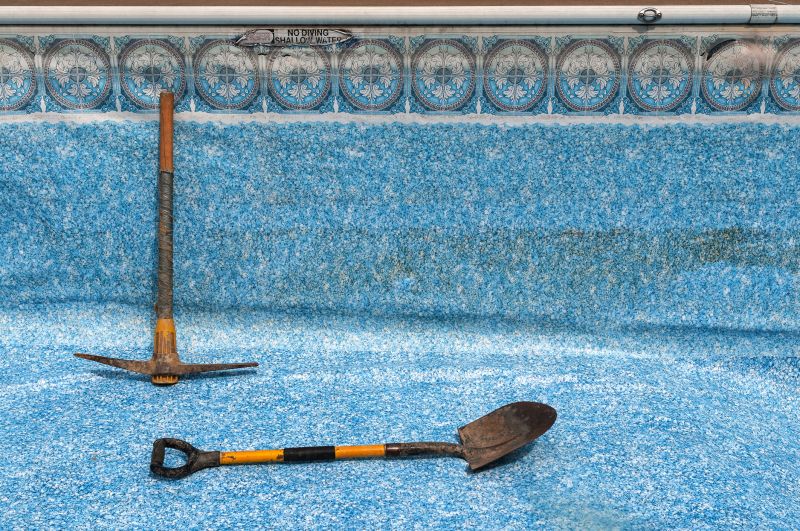
Springtime repairs prepare pools for the busy summer season.
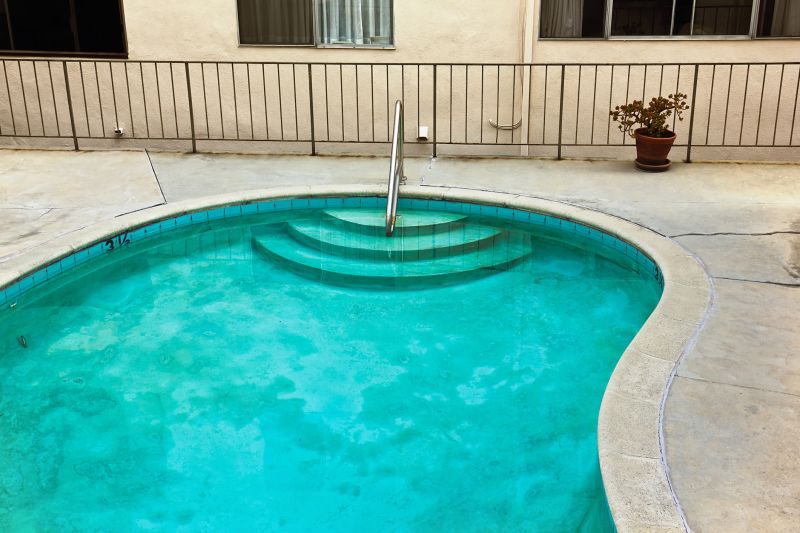
Cold temperatures can delay curing and compromise repair durability.
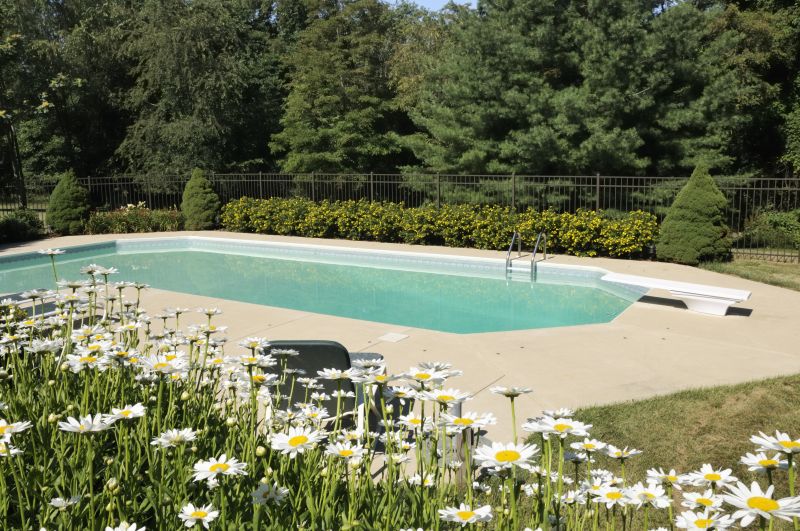
Late-season repairs prevent issues during the next swimming season.

Ways to make Pool Crack Repairs work in tight or awkward layouts.

Popular materials for Pool Crack Repairs and why they hold up over time.
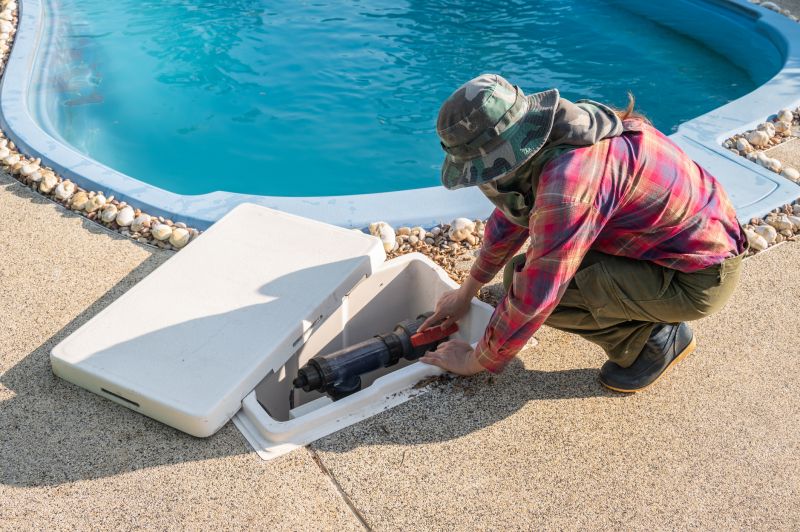
Simple add-ons that improve Pool Crack Repairs without blowing the budget.
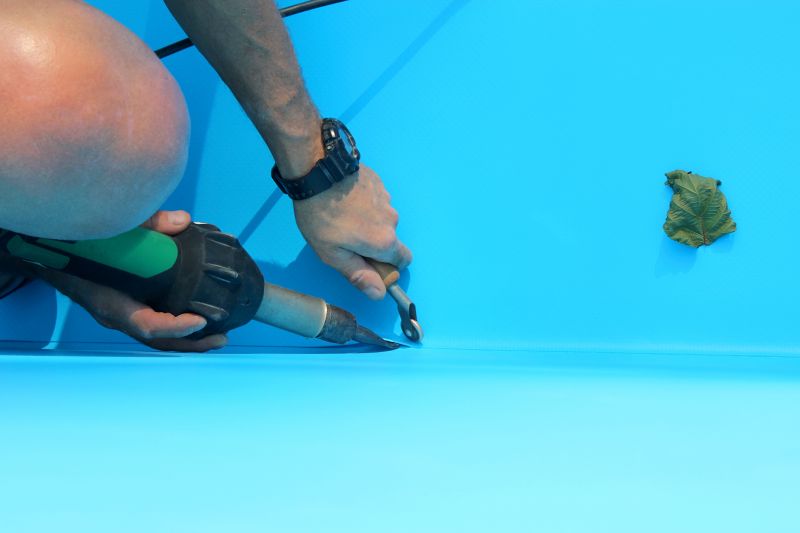
High-end options that actually feel worth it for Pool Crack Repairs.

Finishes and colors that play nicely with Pool Crack Repairs.
| Season or Condition | Recommended Timing |
|---|---|
| Spring | Ideal for repairs before peak season |
| Summer | Less suitable due to high usage and heat |
| Fall | Good for post-season repairs |
| Winter | Generally not recommended due to cold temperatures |
| Moderate Climate Regions | Possible year-round scheduling |
Pool crack repairs are essential for maintaining structural integrity and preventing water loss. Cracks can develop from ground movement, temperature fluctuations, or aging materials. Addressing cracks promptly can extend the lifespan of a pool and avoid costly replacements. Proper repair techniques include epoxy injections, hydraulic cement, or resurfacing, depending on crack severity and location. Statistics indicate that timely repairs can reduce water loss by up to 90% and prevent further structural damage. Regular inspections and maintenance schedules are recommended to identify issues early and plan repairs during optimal seasons.
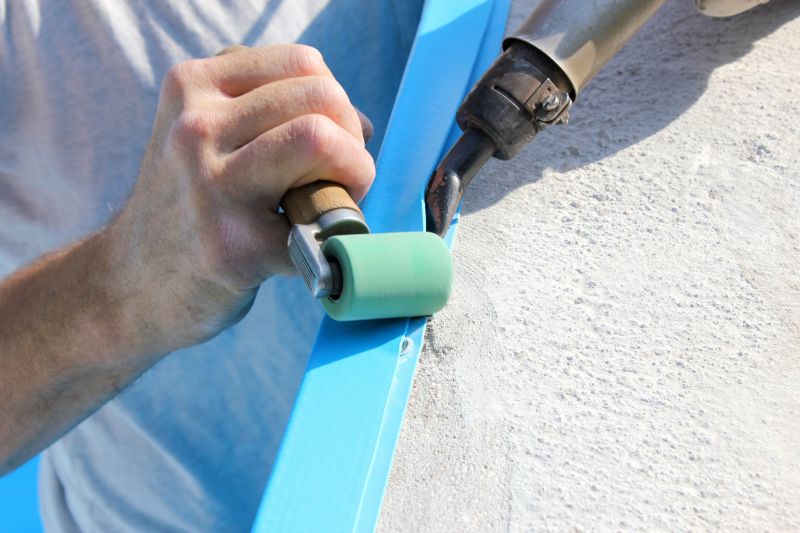
Step-by-step repair techniques ensure durability and proper sealing.
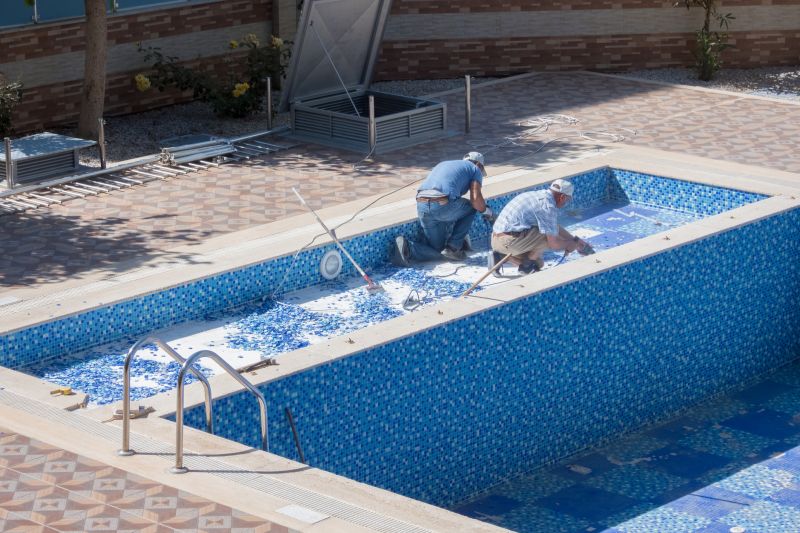
High-quality epoxy and cement are used for long-lasting repairs.

Proper repairs restore the pool's structural integrity and appearance.
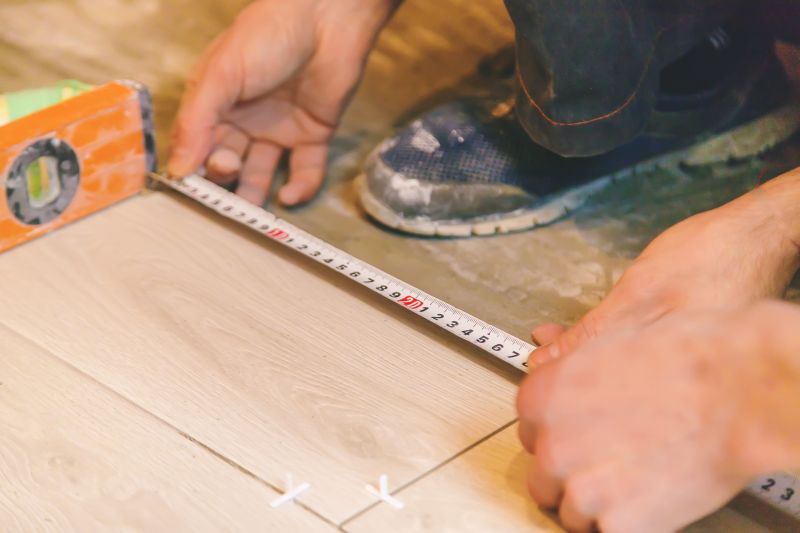
Little measurements that prevent headaches on Pool Crack Repairs day.
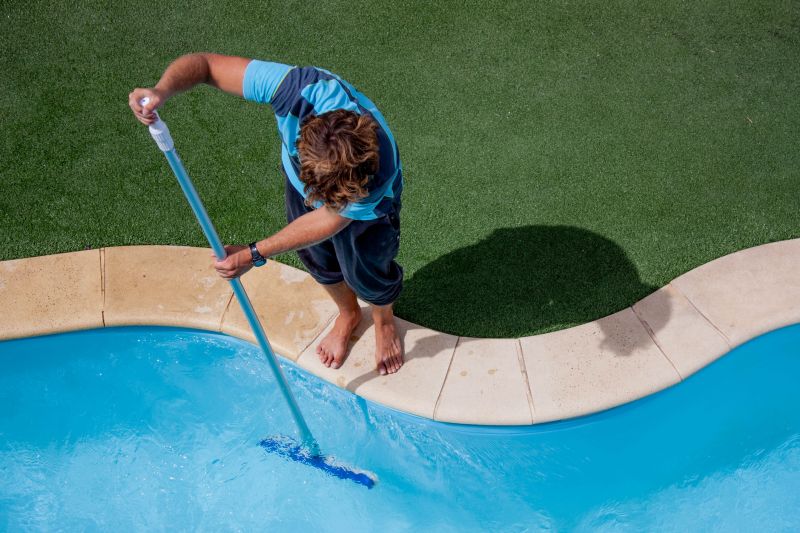
A 60-second routine that keeps Pool Crack Repairs looking new.
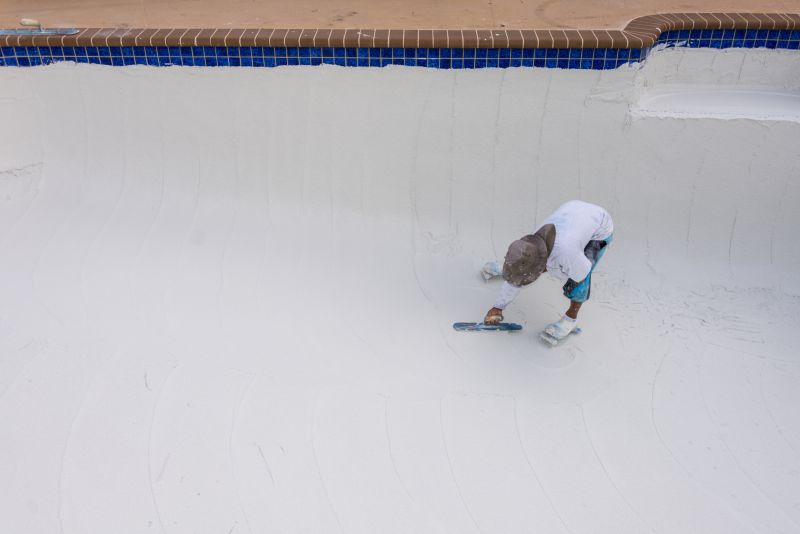
A frequent mistake in Pool Crack Repairs and how to dodge it.
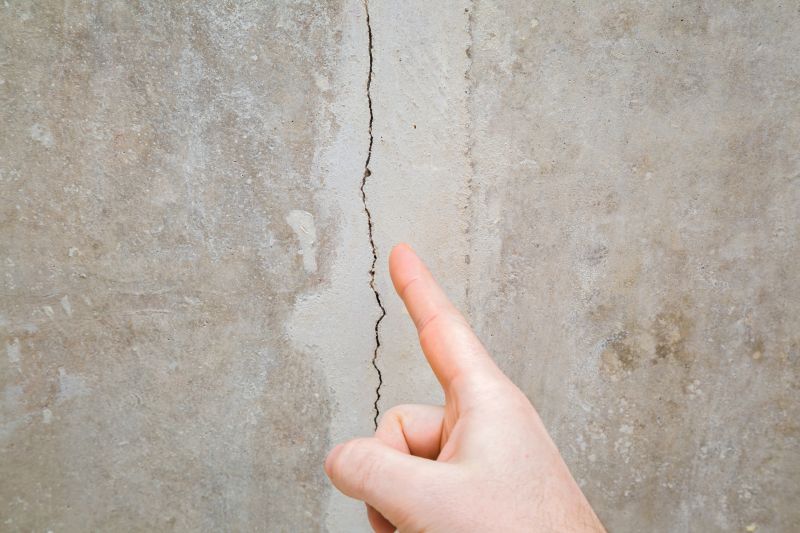
Small tweaks to make Pool Crack Repairs safer and easier to use.
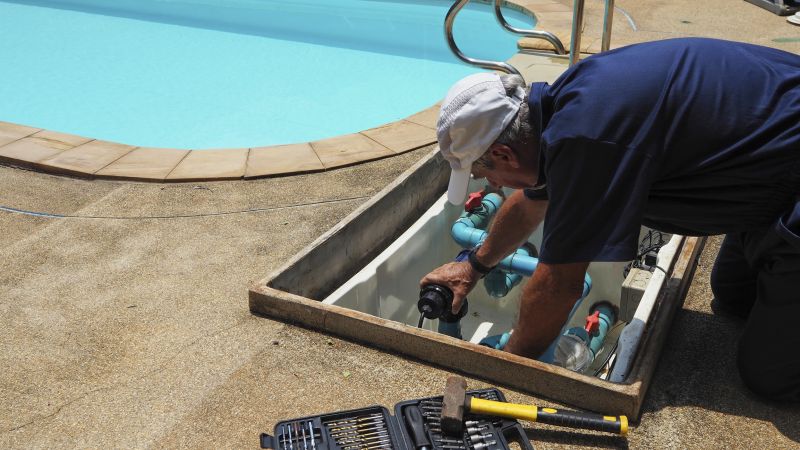
Lower-waste or water-saving choices for Pool Crack Repairs.
Interested in scheduling pool crack repairs? Filling out the contact form can provide additional information and help plan repairs at the most suitable time for specific needs and regional conditions.



